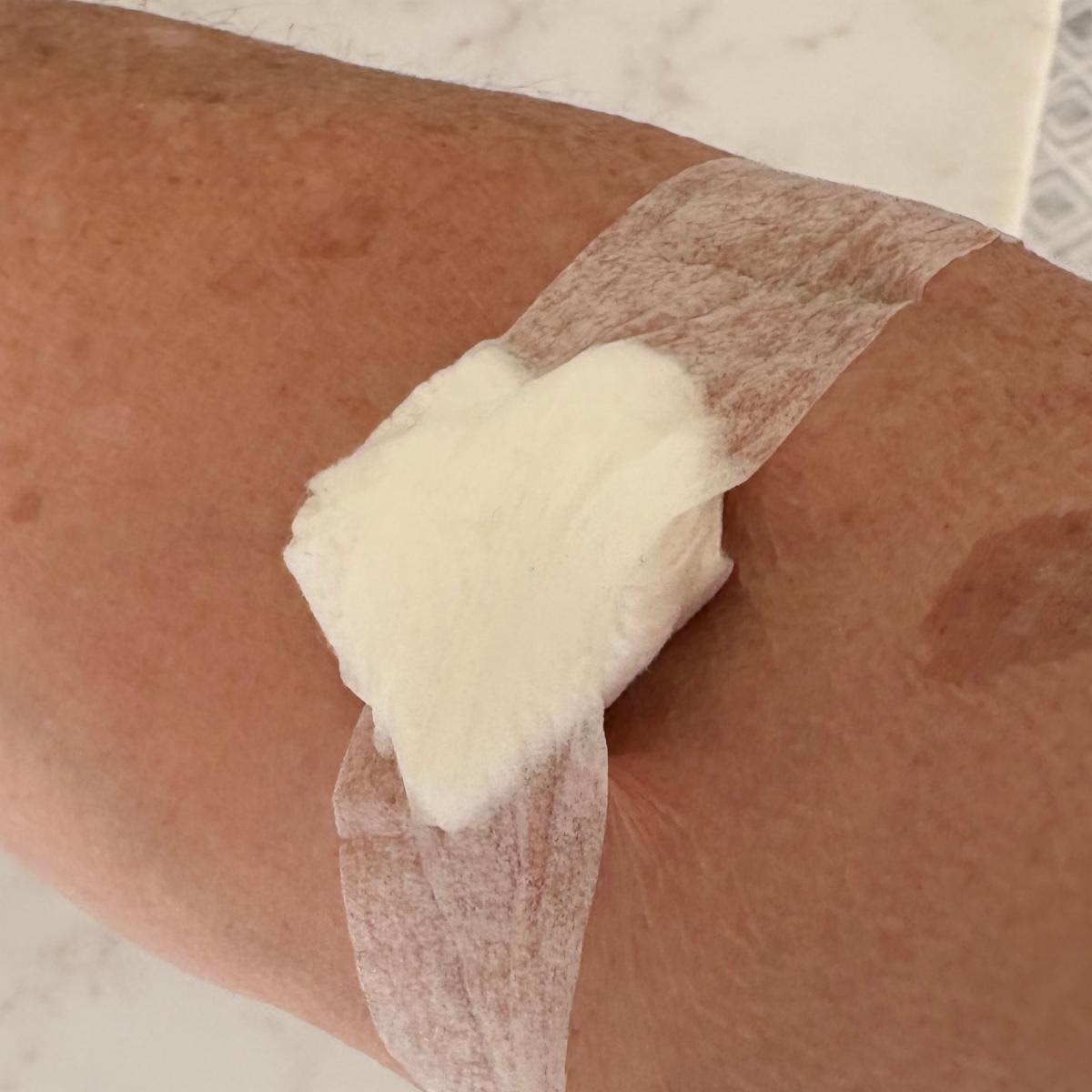The Hidden Cost of Every Medical Procedure
Are Medical Procedures Interfering with Your Movement?
We’ve all had them — some of us more than others.
From the “routine” (blood draws, IVs) to the major (C-sections, appendix removal, knee replacements).
I write about staying active and pain-free, so why am I writing about medical procedures?
Because EVERY SINGLE ONE — large or small — leaves an imprint on how your muscles function and communicate. From any age too!
Why Prior Medical Procedures Matter
The after effects of medical procedures rarely get the attention they deserve.
Surgeons, physicians, and even physical therapists, often assume that with time, healing, and the right exercises, your body just returns to normal.
It doesn’t.
Each procedure — from a tiny biopsy to major surgery — disrupts the physics of how tissues move, stretch, and transmit force.
Repeated micro-traumas add up, leaving muscles confused about when and how to activate. Over time, that’s what leads to tightness, fatigue, pain, or imbalance.
What I’ve Seen In Over 20+ Years
After working with thousands of clients, the pattern is unmistakable.
Every procedure, every “little thing,” leaves its mark. The more disruptions you accumulate, the more your body struggles to coordinate movement.
But here’s the good news — your body can be reset to move efficiently again.
It doesn’t require strenuous exercise; it requires gentle, precise support to guide muscles back into sync. That’s what the Bridging® Technique does.
Clients at The Bridging Institute often say, “Why didn’t my doctor or therapist ever tell me this?”
No blame placed. The physics of how muscles communicate and the ability of muscles to be reset on a practical level is a different perspective than the physicians and therapists learned. It’s also one I love to share!
Why Recovery Needs More Than Exercise
The scar tissue from a procedure is what most people think of on the topic of a lasting impact of a medical procedure.
What gets over-looked is how your nervous system’s communication lines got scrambled. Your nerves are the structures that activate your muscles. The nerves also coordinate sequential movement.
The way muscles enervate and sequence is much like the old school telephone game. The nerve has to have the proper tension for the signal to arrive at the right muscle and at the right time. This timing has been honed by years of use.
A medical procedure, large or small, interrupts this timing. Maybe your body can adapt. Often the adaptation is what causes your pain or tightness. When the change is extreme enough your body can’t adapt and you feel tight, weak or have pain.
Examples of How Procedures Interfere
Want to see what this looks like in real life?
In the following videos you can hear and see more specifically how various medical procedures impact your ability to move after the healing is done.
Appendix Surgery
Laparoscopic surgery impacts your entire abdomen, especially the muscle connections to the right hip. These muscles are often stressed from protecting while the abdominal disruption is healing.
Specific support to the abdomen helps all the muscles re-group to work more easily.
Gallbladder Surgery
Laparoscopic surgery impacts the entire abdomen and passes near the diaphragm muscle. We often find breathing is impacted because of irritation to the diaphragm from the entire process.
Specific support to the abdomen allows the diaphragm muscle to relax and work better. You can breathe deeper, sleep better, and even your hips will relax.
C-Section Surgery
One of the last traditional open incision surgeries frequently performed, the many layers of the abdomen disrupted are near where the muscles attach to the pelvis. This muscle trauma impacts the abs, hips and low back. And one side is the scar is ALWAYS tighter, pulling your hips off center.
A deeper level of support allows these ab and leg muscles to change, and repetition is key.
An Arm Cast
The immobilization allows your bone to heal, but your muscles go offline. They don’t magically go back online when the cast comes off. You can move, but there often remains a tightness and strength limitation.
The muscles are easily reset with specific attention.
Arm Pokes: IVs and Infusions
The bicep muscle or forearm muscles are impacted with repeat or multiple sticks. As the muscle tries to maintain function, the orientations of the wrist and shoulder often shift creating weakness and stress.
The muscle function improves quickly with specific support.
You Don’t Have to Live With Tightness, Weakness, or Pain
If you’ve ever thought, “I just haven’t felt quite right since that procedure,” you’re probably correct.
Your muscles are still wanting support and guidance so they can get back to normal.
Bridging resets help your muscles to move freely again — no matter how long ago your surgery or medical procedure happened.

